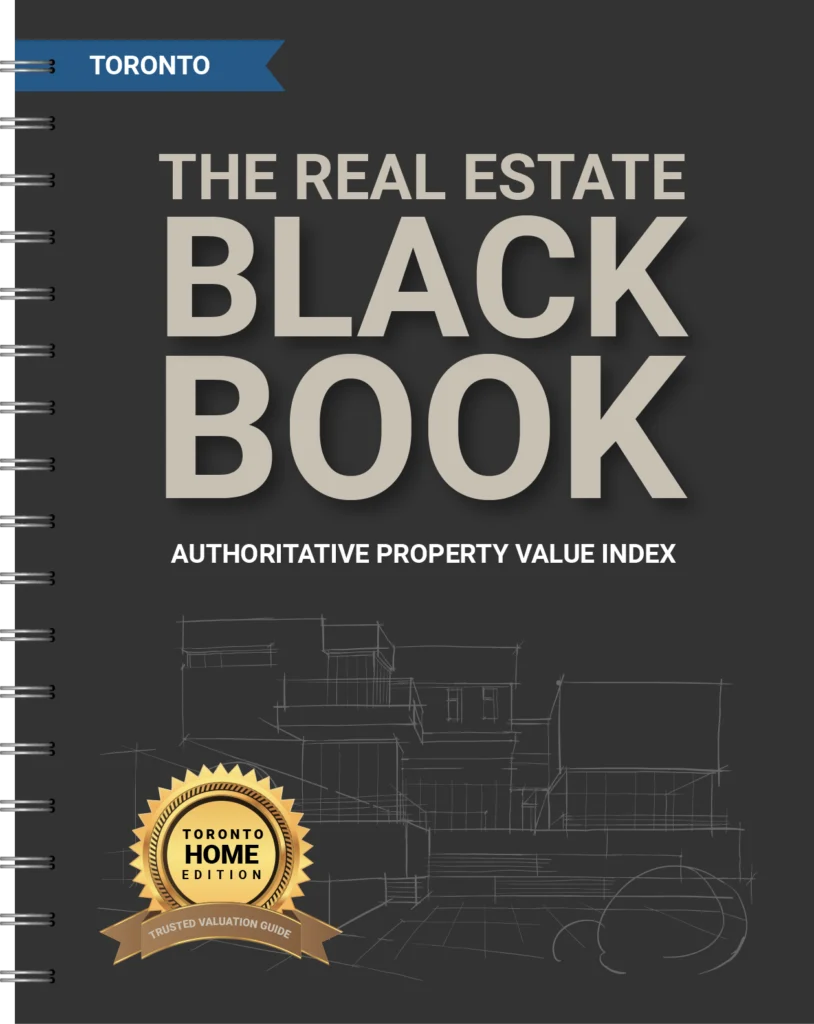This blog provides a comprehensive overview of these changes, discussing their positive and negative impacts on homebuyers, the real estate market, and Canadian’s as a whole.
Background: The Need for Mortgage Reforms
The Canadian housing market has seen rising prices over the past decade, with first-time homebuyers increasingly squeezed out of the market due to high home prices and stringent mortgage qualification rules. The situation is particularly severe in high-cost cities like Toronto, Vancouver, and Montreal, where median home prices have far outpaced income growth.
In response, the federal government introduced new mortgage reforms to make homeownership more attainable. The introduction of 30-year amortizations for insured mortgages is one part of a broader strategy that includes increasing housing supply, improving affordability, and providing relief for buyers. These reforms were announced in the 2024 Federal Budget, and their implementation started in August 2024, with additional measures rolling out in December 2024.
Current 30-year Mortgage Amortization Rules (August 2024)
As of August 1, 2024, lenders can now offer a 30-year mortgage amortization for insured mortgages to first-time homebuyers of newly constructed homes. Insured mortgages are required when buyers put down less than 20% of the home’s purchase price, and before this change, the maximum amortization period for such mortgages was capped at 25 years.
Let’s start by looking at some of the key positives associated with the August 2024 changes:
Positives of the August 2024 Changes
- Lower Monthly Payments: A 30-year mortgage lowers monthly payments, making homeownership more affordable on a month-to-month basis. For example, on a $500,000 mortgage at a 5% interest rate, a 25-year term would result in monthly payments of around $2,900. Extending that term to 30 years reduces the monthly payment to approximately $2,680, providing an additional $220 of relief each month.
- Easier Mortgage Qualification: The reduced monthly payment also makes it easier for buyers to pass Canada’s mortgage stress test, which requires buyers to prove they can afford their mortgage payments even if interest rates rise. This is particularly beneficial for younger buyers, such as Millennials and Gen Z, who may have struggled to qualify for mortgages under the previous rules.
- Boost to New Housing Supply: By specifically targeting new home builds, the government aims to encourage more construction and help alleviate the ongoing housing shortage in Canada. This could be especially impactful in high-demand areas where housing supply has been a significant constraint on affordability.
These benefits help illustrate how the August 2024 changes provide relief to first-time buyers, particularly in helping with monthly affordability and boosting housing supply.
Negatives of the August 2024 30-year Mortgage Amortization
- Higher Total Interest Paid: While monthly payments are lower, the trade-off is that borrowers will end up paying much more in interest over the life of the mortgage. For example, on a $500,000 mortgage at 5% interest, a 25-year term would result in total interest payments of around $372,000. Extending the term to 30 years increases the total interest paid to $466,000, meaning homeowners will pay an extra $94,000 in interest over the life of the loan.
- Limited Scope: The August 2024 changes apply only to first-time buyers purchasing newly constructed homes, excluding a large portion of potential homebuyers—particularly those looking to buy resale homes. This limits the effectiveness of the program for many first-time buyers who might prefer resale properties or face higher costs for new builds.
- Potential for Market Distortion: By incentivizing new builds specifically, there’s a risk that the market could see inflated demand for these properties, leading to higher prices. This could make new homes less affordable in the long run, counteracting the benefits of the 30-year amortization option.
Overall, while the August 2024 changes provide several benefits for first-time buyers, they also introduce higher long-term costs and limited access, which could be problematic for some buyers.
December 2024 Changes: Expanding Access to 30-year Mortgage Amortization
Starting on December 15, 2024, the federal government will expand the 30-year mortgage amortization option to include all first-time homebuyers, regardless of whether they are purchasing a new build or a resale home. In addition, the maximum home price for insured mortgages will increase from $1 million to $1.5 million, allowing more buyers in high-cost areas to benefit from the insured mortgage program.
Positives of the December 2024 Changes
- Broader Access for First-Time Buyers: Expanding the 30-year mortgage amortization option to all first-time buyers is a significant improvement. Now, buyers of resale homes will also be able to benefit from lower monthly payments, making homeownership more accessible across the board. This change will particularly help those in cities where newly built homes are scarce or prohibitively expensive.
- Increased Insured Mortgage Cap: By raising the insured mortgage cap to $1.5 million, the government is helping buyers in high-cost markets like Toronto and Vancouver, where home prices often exceed $1 million. This change means that more buyers will be able to purchase homes with as little as a 5% down payment. For example, instead of needing a $300,000 down payment on a $1.5 million home, buyers will only need $75,000 under the new rules.
- Flexibility in Housing Choices: The expansion to include both new and resale homes means buyers have more flexibility in choosing the type of property that best suits their needs. Resale homes, which are often more affordable than new builds, will now be more accessible to first-time buyers. This could also help balance demand between new and resale markets.
The positive aspects of the December 2024 changes provide more flexibility and broader access for first-time buyers in competitive markets.
Negatives of the December 2024 Changes
- Potential for Housing Price Increases: With more buyers able to access 30-year mortgage amortizations and larger loans under the new $1.5 million cap, there is a risk that increased demand could drive up home prices. In high-demand markets like Toronto and Vancouver, this could exacerbate the very affordability issues the policy is meant to address.
- Higher Household Debt: While lowering monthly payments makes homeownership more attainable, it also encourages buyers to take on larger mortgages, increasing household debt levels. With a longer amortization period, buyers are committing to decades of mortgage payments, which could become a burden if interest rates rise or the economy experiences a downturn.
- Long-Term Interest Costs: Extending the amortization period to 30 years results in significantly higher interest costs over time. For buyers who do not pay down their mortgage early, the additional interest could be substantial, further straining household finances in the long term.
While the December 2024 changes provide important access for first-time buyers, they come with risks, such as increased debt levels and the potential for higher housing prices in hot markets.
Societal Impact of the 30-year Mortgage Amortization
The 30-year mortgage amortization policy, coupled with the increased insured mortgage cap, is part of a broader government strategy to address housing affordability. These measures align with the government’s ambitious plan to build nearly 4 million homes by 2031 and reduce housing supply constraints in major cities. However, while these mortgage changes offer short-term relief for buyers, they also carry risks that could affect the housing market and broader economy in the long term.
Here’s a breakdown of the societal impacts, both positive and negative:
Positive Societal Impact
- Encouragement of Homeownership: Homeownership is a cornerstone of wealth-building for many Canadians. The 30-year mortgage amortization allows more young Canadians, particularly Millennials and Gen Z, to achieve this milestone by reducing the monthly cost of homeownership. This not only helps individuals but also stimulates the economy by increasing demand for homes and related industries, such as construction and home services.
- Stimulating Housing Construction: By incentivizing the purchase of newly built homes, the government hopes to stimulate more housing development. This could help alleviate some of the supply-demand imbalances in the market, particularly in areas where housing shortages are driving up prices.
Both of these positive societal impacts help explain why the government introduced these reforms. But there are downsides as well:
Negative Societal Impact
- Rising Household Debt: While making homeownership more accessible, the new rules may contribute to a significant increase in household debt. With Canadians already carrying high levels of debt relative to their income, increasing the loan amount and lengthening the repayment period could put long-term financial pressure on many families.
- Potential for Housing Market Inflation: Easier access to larger mortgages and longer amortization periods could result in higher demand for homes, which might lead to further price increases in hot markets. If home prices continue to rise, the intended affordability improvements could be overshadowed by market inflation, making it even harder for future buyers to enter the market.
- Economic Risks: Increased household debt and rising housing prices could pose risks to the broader economy, particularly if interest rates rise. In the event of an economic downturn, many homeowners could find themselves unable to meet their mortgage obligations, leading to potential increases in defaults and foreclosures, which could have ripple effects on the financial sector.
These societal impacts showcase the broader implications of the new mortgage rules beyond just the immediate benefits for first-time buyers.
Conclusion: Is the 30-year Mortgage Amortization a Game-Changer?
The new 30-year mortgage amortization rules offer both opportunities and challenges for Canadian homebuyers. On one hand, they provide relief for first-time buyers by lowering monthly payments and making it easier to qualify for mortgages. On the other hand, the long-term costs, potential for rising home prices, and increased household debt present significant risks.
As the December 2024 changes expand access to 30-year mortgages and increase the insured mortgage cap, buyers will need to carefully weigh the benefits of lower monthly payments against the risks of higher long-term costs. For many, these changes will offer a pathway to homeownership that was previously out of reach, but it’s essential to approach these opportunities with caution.



